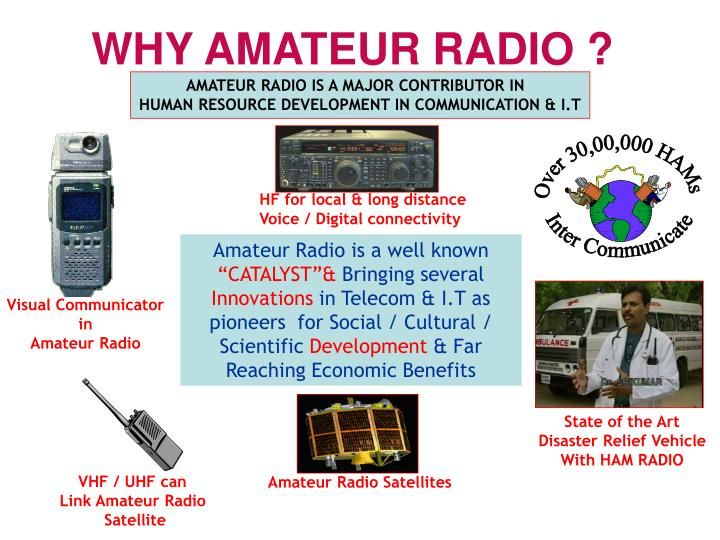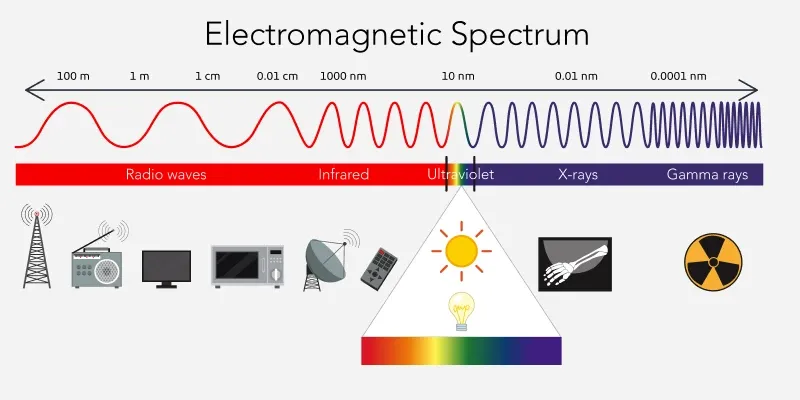Rapid Fire
Ham Radio & Life on the International Space Station
- 07 Jul 2025
- 2 min read
Indian astronaut Shubhanshu Shukla, aboard the International Space Station (ISS) as part of the Axiom-4 mission, communicated with Earth using ham radio communication, marking a unique instance of space-to-Earth communication.
Ham Radio
- Ham radio (amateur radio), is a licensed, non-commercial radio communication service used for education, experimentation, and emergency communication.
- Operators use radio waves, transceivers and antennas to establish contact locally, globally, and even from space.
- It was first used in space in 1983 for communication between astronauts and Earth.
- The ISS features the ARISS (Amateur Radio on the ISS) system supported by the US, Russia, Canada, Japan, and Europe.
- In India, individuals above 12 years of age can obtain a ham radio license from the Ministry of Electronics and Information Technology.
- In India, ham radio played a crucial role in facilitating emergency communications during the Indian Ocean tsunami (2004), the Uttarakhand floods (2013), and various other disasters.
Radio waves:
- Discovered by Heinrich Hertz, they are long-wavelength electromagnetic waves used in communication systems.
- They propagate via line-of-sight, ionospheric reflection, or satellite relay, enabling long-distance transmission and forming a core part of wireless communication technology.
Life on the ISS:
- In microgravity, astronauts consume dehydrated, packaged food rehydrated with hot water to avoid floating crumbs that may damage equipment.
- Meals are secured using Velcro trays, and utensils are cleaned without water using wipes.
- High calcium, low sodium, and vitamin D intake is recommended to maintain bone health during extended space missions.
| Read More: Cyclone Shelter HAMs Excel in IOTA Expedition |








